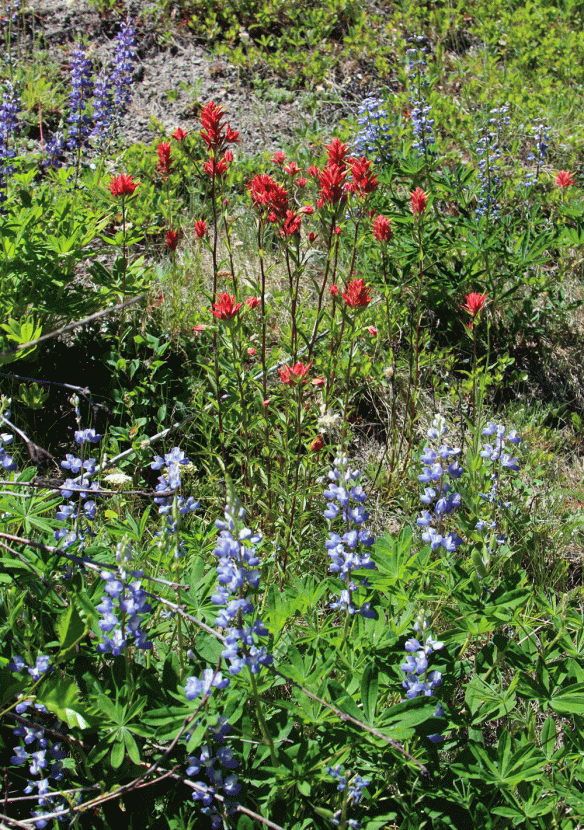
Lesser Burdock, Arctium minus. Asteraceae. 17″x 22” Archival print on gampi, beeswax. 2017 jasna guy
Recently I attended a native bee identification workshop at Shawnigan Lake on Vancouver Island given by the wonderful entomologist and bee specialist, Lincoln Best. (Instagram: @beesofcanada). Just close by our classroom, there were gardens, hedges and some wild areas. In the wild part, there was a small bush of Lesser Burdock–a new plant to me–which my bee-buddy, Lori (Madame Beespeaker) said was Burdock. Sadly, Burdock is an invasive plant, but that negative aspect notwithstanding, Burdock is very generous in the pollen and nectar it offers its visitors, and that plant was buzzing with activity.
Every day of our workshop was a fantastic learning experience, but if I had to choose one experience only, I think it would be the delight, awe, sadness and beauty in the intense observation and exploration of a tiny black bee, a Dianthidium species, and the life and death that I witnessed on one of its floral resources, this very same Burdock, Arctium minus.
Note the frayed edges of this little bee’s wing. She must have been working very hard provisioning and building her nest. Bees in your Backyard states that Dianthidium collect various materials for their nests, including pebbles, soil and resin, and that it might take up to 1000 trips for a female to build, provision and conceal one nest. No wonder her wings are in tatters!
The females do not lose their attractiveness to males after mating, rather, the male continues to pursue the female because he wants to be the last male to mate with her before she lays an egg, to increase the likelihood that his genes will get passed on to the next generation.
Working on the next generation: The female just goes on with her foraging and nest building after her encounters with the male. Note in the photo above, the female has very light-coloured pollen on her head, probably the pollen from these disc florets she was foraging on before the male accosted her. Dianthidium belong to the Megachilidae family of bees, which means that the female carries her load of collected pollen on special hairs under her belly.
Lori and I did not manage to find any of the Dianthidium nests, sadly. That would have been fantastic!
And finally, the same plant that offers food and a mating-bed also brings death with it! The cycle of life.












